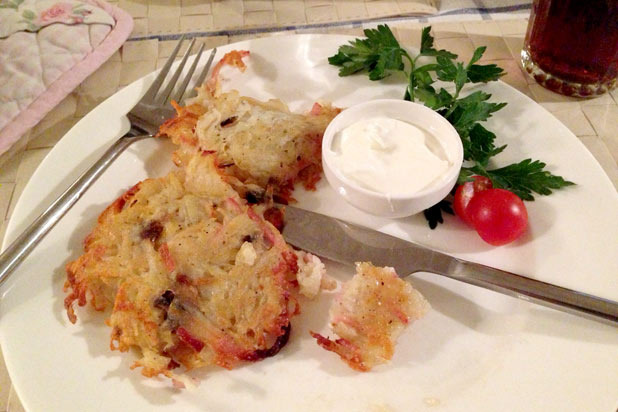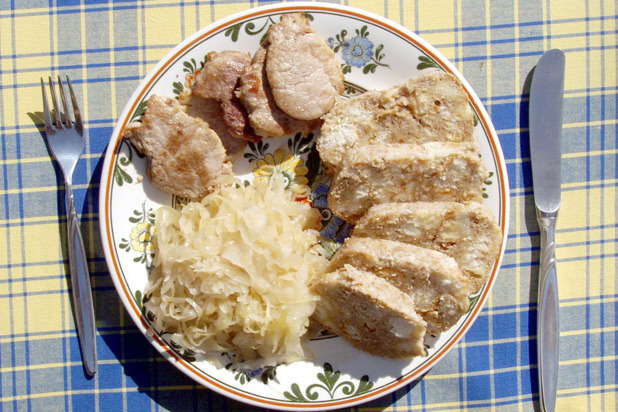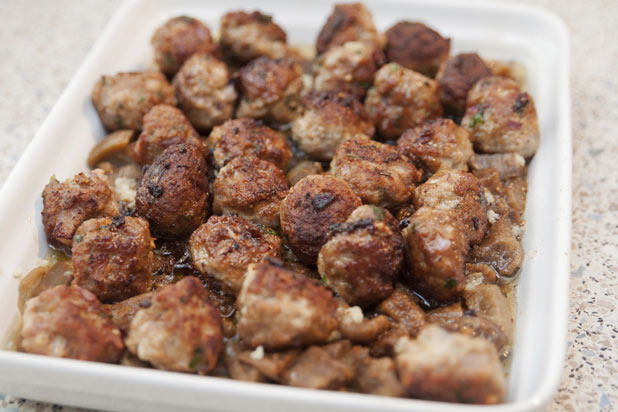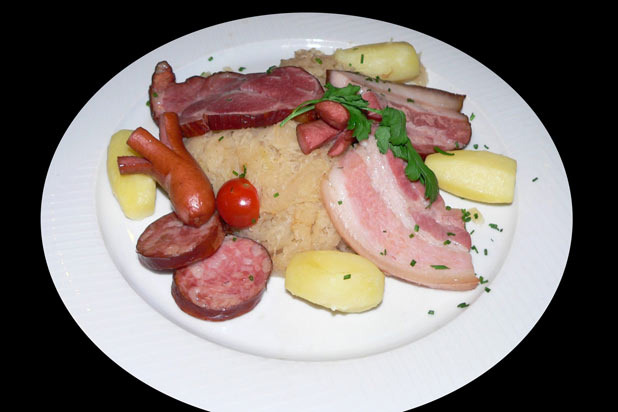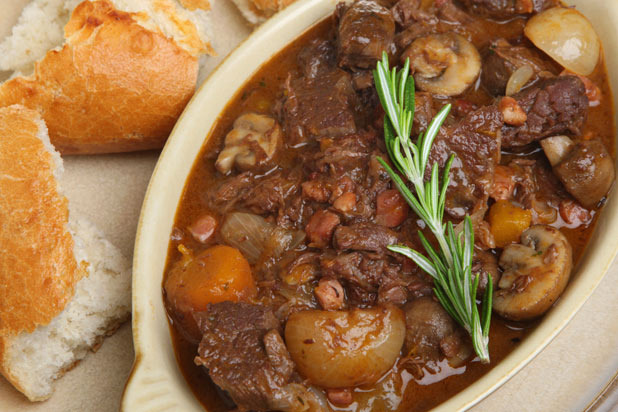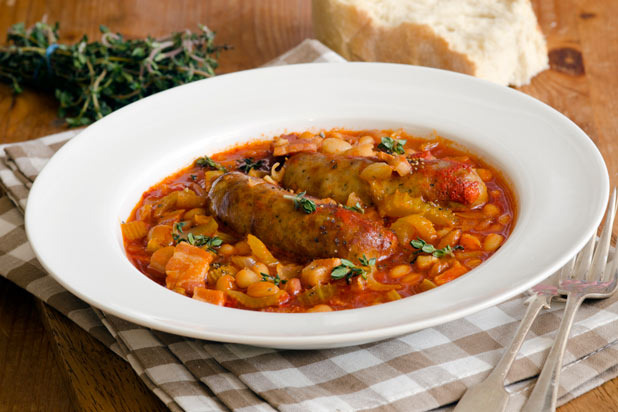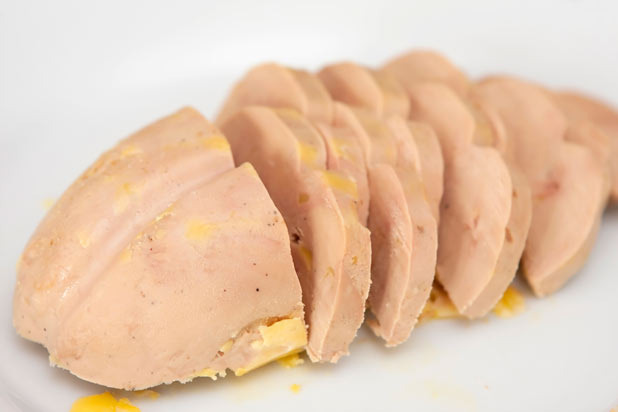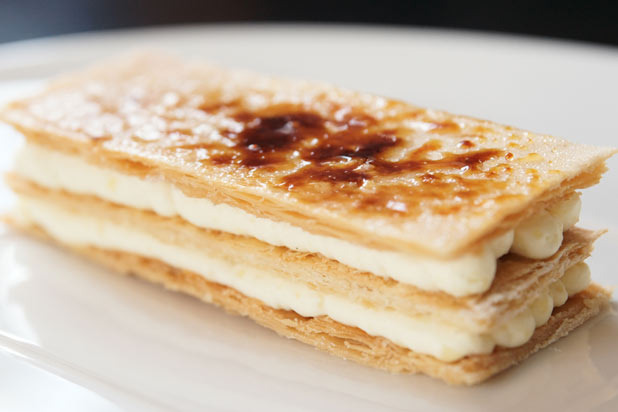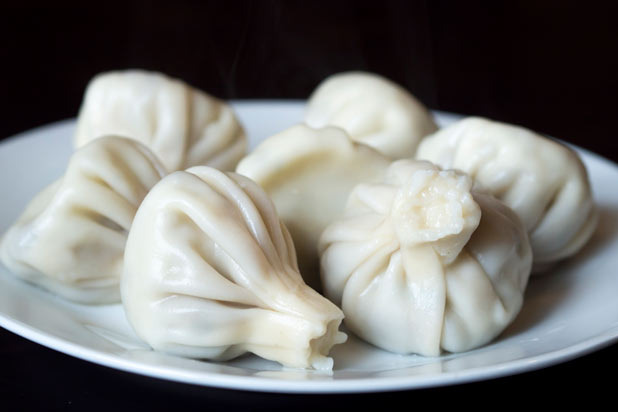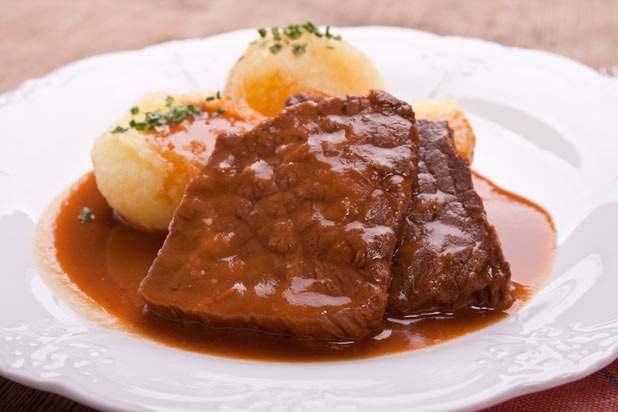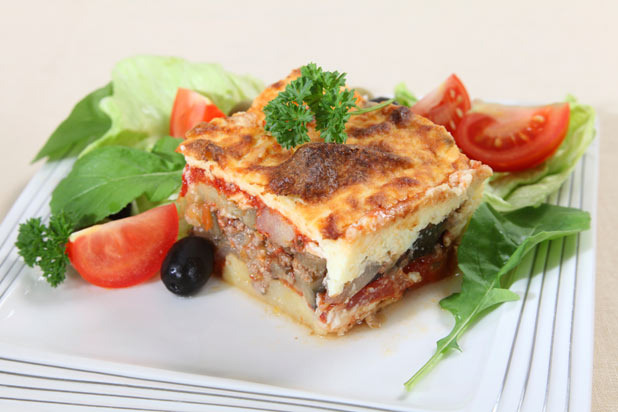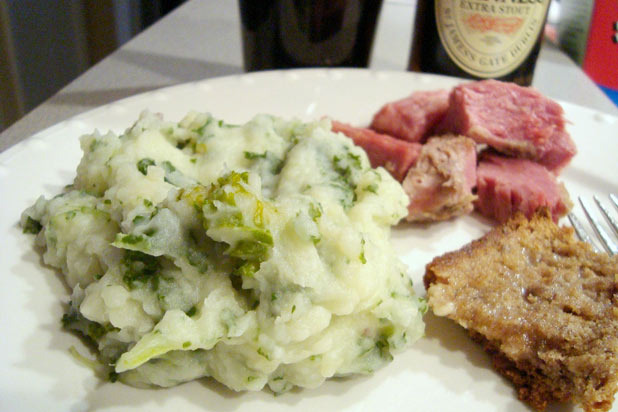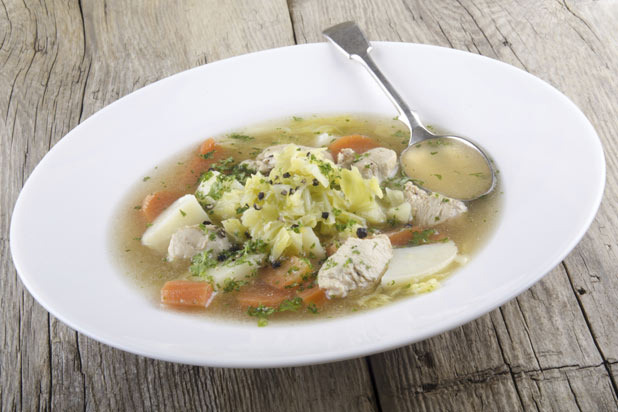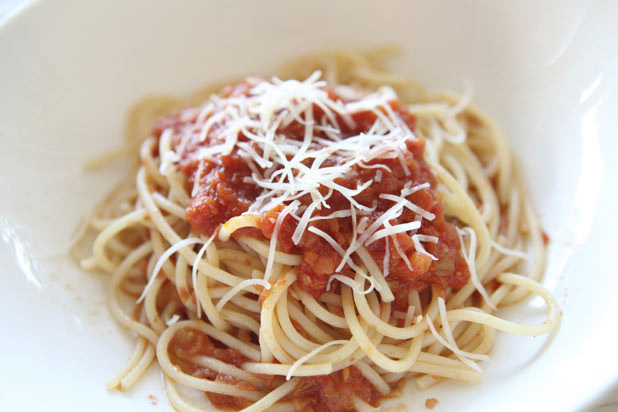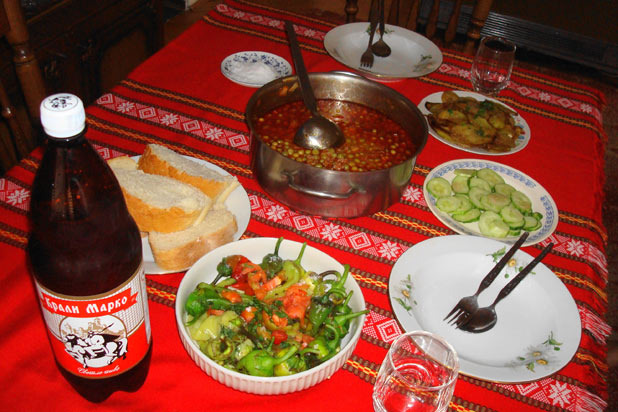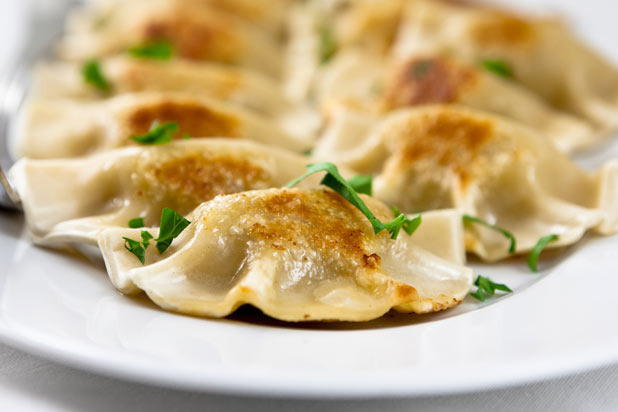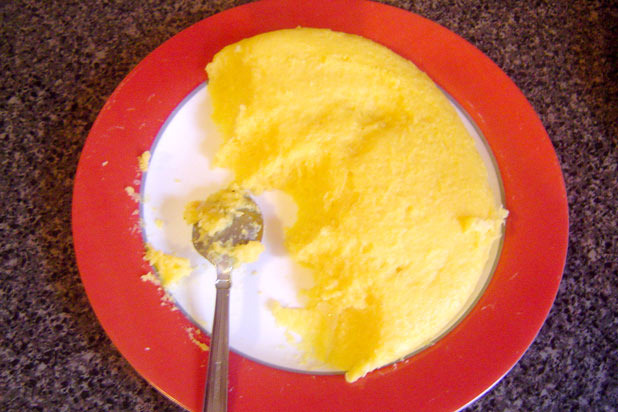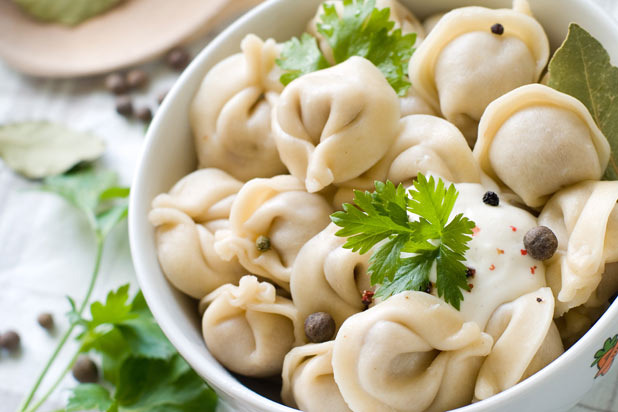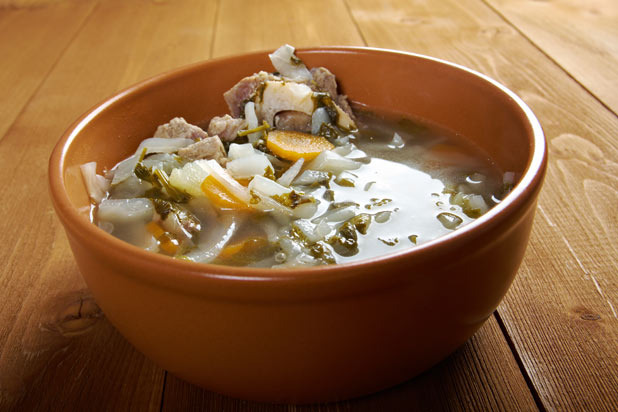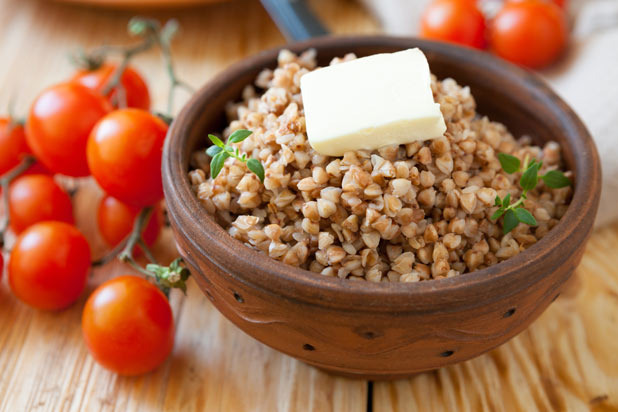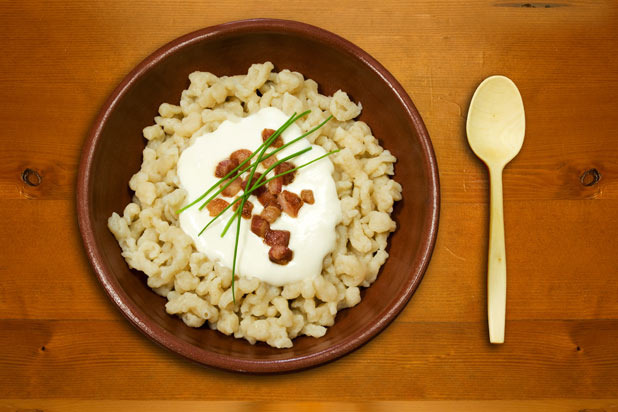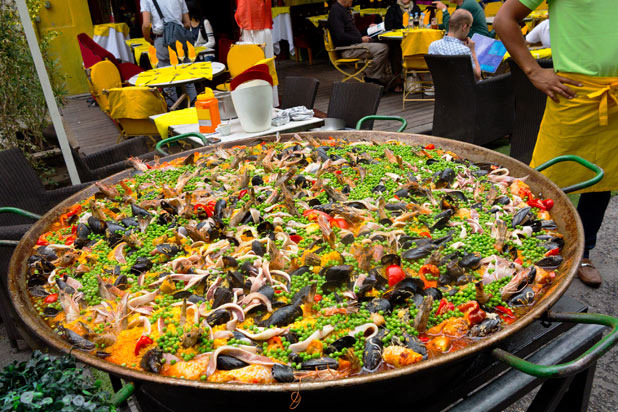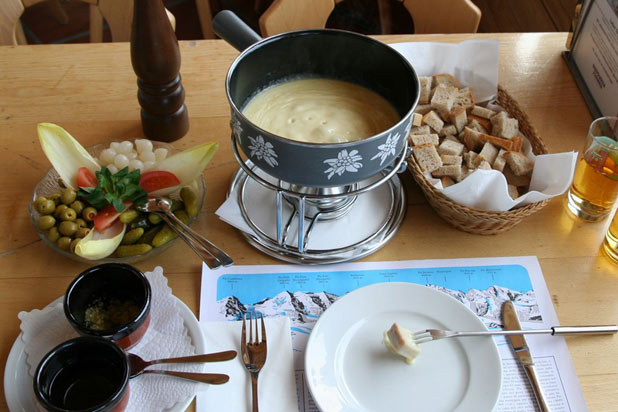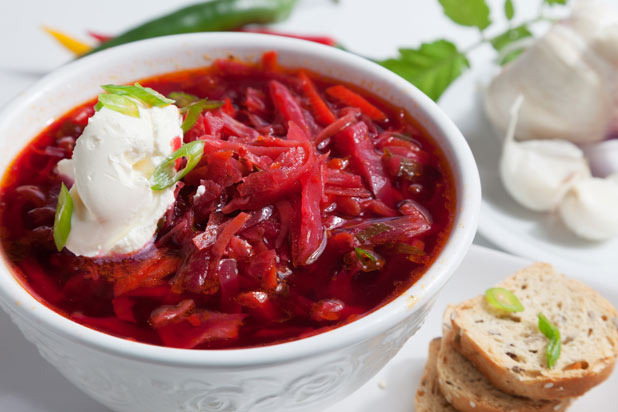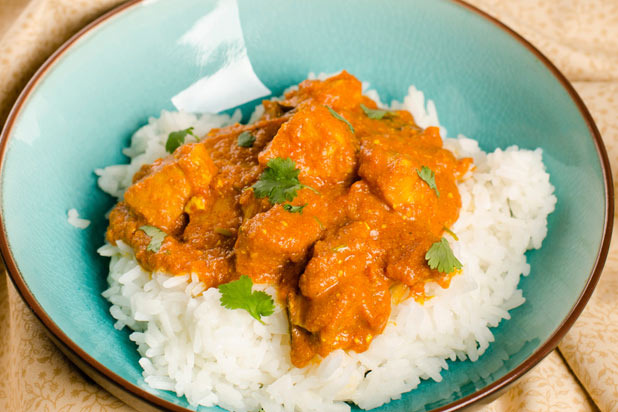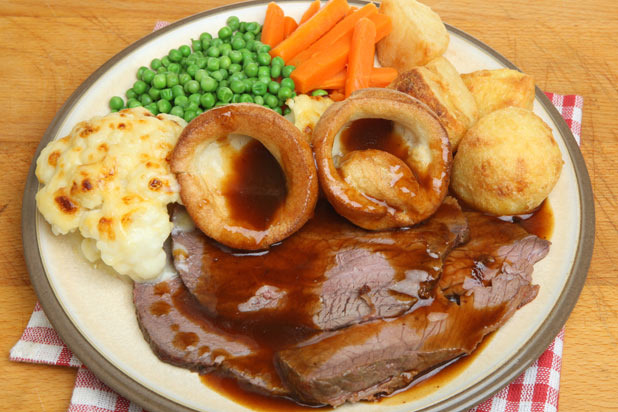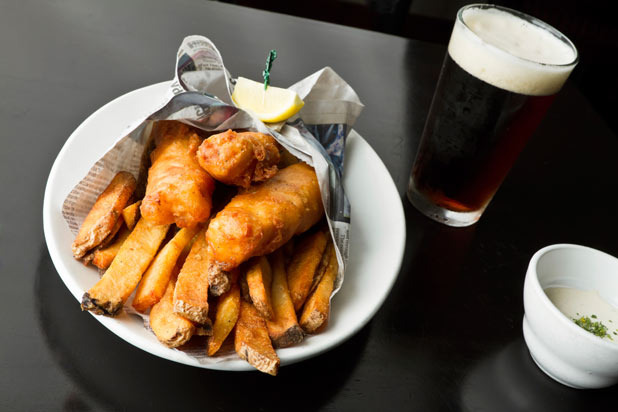Foods Worth Traveling For: Europe And United Kingdom (Slideshow)
Schnitzel is a popular dish around Europe, but it is most often seen in Austria. The dish consists of pounded meat coated in egg and breadcrumbs, and then fried. There are many varieties of the savory dish, but it's easy to find a classic schnitzel around Austria, specifically in Vienna. One non-touristy place to go is Kolonitz-Beisl.
Austria: Apple Strudel
Viennese coffeehouses are known for their pastries, none more so than the apple strudel (apfelstrudel). Excellent versions can be had at Café Prückel or Café Sacher.
Austria: Tafelspitz
This thinly sliced boiled beef dish is typically served with potatoes, apples, and horseradish. It was a favorite of emperor Franz Joseph I of Austria. One of the widely accepted places to get the "best" of the famous dish is Plachutta in Vienna.
Belarus: Draniki
A favorite among locals, this potato pancake is served in two styles: savory or sweet. The savory dish is served with sour cream and the sweet version is served with applesauce. A great rendition is available at the Grunwald Café in Minsk, which serves a mix of medieval-style food.
Belgium: Moules-Frites
Mussels and fries together are savory and succulent, with just the right amount of crispy and salty. The dish is commonly prepared in a simple sauce of butter, white wine, and herbs. Originally considered a food for the poor since mussels were so plentiful, the popularity of the dish rose during the first half of the 20th century. The dish can now be found in abundance throughout Belgium, but many locals agree that the best in Brussels are found at Chez Léon, Aux Armes de Bruxelles, and Museum Brasserie.
Bosnia: Bosanski Lonac
This popular Bosnian specialty is served all around the country, but in many variations. The recipe is difficult to describe because of these various renditions, but generally speaking, the dish is a meat stew featuring a variety of vegetables. Some typical ingredients are beef, lamb, cabbage, potatoes, tomatoes, carrots, parsley, and garlic. One of the best versions can be found at Inat Kuća in Sarajevo.
Croatia: Jota
This dish is popular in the northern Adriatic region, specifically Croatia. The comfort food is a stew made of beans, sauerkraut, potatoes, bacon, and pork spare ribs.
Czech Republic: Roast Pork with Dumplings
Popular in Prague, this traditional dish combines three staples in the country: cabbage, pork, and dumplings. It is typically served with sauerkraut and enjoyed throughout the Czech Republic. Some of the best classic Czech food can be found at Olympia in Prague.
Czech Republic: Svíčková
Made of beef sirloin that's boiled in cream, this classic Czech meal is served with bread dumplings. The meat is herbed and spiced, and the dish is often served with a side of cranberry sauce for a sweet flavor. This is one of the most popular Czech meals, and an iconic example is served in Prague at Café Imperial.
Denmark: Frikadeller
These popular meatballs are served in Denmark for both lunch and dinner. The meat is mixed with onions, eggs, breadcrumbs, and seasonings and then pan-fried in pork fat or butter. The meatballs are often served with boiled potatoes, cabbage, and gravy. Frikadeller are served in many Danish restaurants, and many consider some of the best to be at Copenhagen's Restaurant Kronborg.
Estonia: Mulgikapsad
This hearty stew from Estonia is made with sauerkraut and potatoes cooked with traditional sausages, bay leaves, mustard, cream, chives, and caraway seeds. The dish is made by restaurant chefs and locals alike, and the best place to find it is at a traditional restaurant in Tallinn, like Vanaema Juures.
France: Baguettes
The baguette may be simple, but achieving a perfect loaf — crusty on the outside, light and chewy on the inside — is an art form. It's no wonder that the baguette is a symbol of national pride, and a quintessential hallmark of French gastronomy. Though superb baguettes can be found in the neighborhood boulangeries in every French city, each year a prize is given to the best baguette in Paris, with the most recent title going to Au Paradis du Gourmand in the 14th arrondissement.
France: Crêpes
Whether sweet or savory, crêpes are the quintessential French street food. Originating in Brittany, but widely available throughout the whole country, crêpes are very thin flour pancakes made with a generous portion of butter. You're likely to find a crêperie in nearly every French city, but one of the most authentic brick-and-mortar establishments is Crêperie Bretonne in the Montparnasse neighborhood of Paris.
France: Pot-au-Feu
Pot-au-feu is a ubiquitous national dish with any number of variations, from meat selection to vegetables and seasonings, but its core remains the same — it's a hearty meat stew with oxtail or beef, sausage, carrots and leeks, salt, cloves, and pepper. In essence, it's what many Americans identify as a "pot roast." Prepared in many homes and traditional eateries, it's served with Dijon mustard on the side. Find one of the best versions at L'Assiette in Paris' 14th arrondissement.
France: Choucroute Garnie
Choucroute is sauerkraut in the Alsatian style, almost always served garnie (garnished) with various sausages and inexpensive, often fatty, cuts of pork. It is a substantial dish that's typically eaten during the winter since it's so hearty. Although it's native to Alsace, it can be found in restaurants around France, where it is traditionally accompanied with riesling from Alsace and Dijon mustard. Maison Kammerzell in Strasbourg offers an authentic version of the dish.
France: Boeuf Bourguignon
As the name reveals, this quintessential French stew hails from the region of Burgundy. The dish evolved over many years, but was first written down by the great Escoffier in 1903. Since then, the hearty beef stew has become a worldwide symbol of French country cuisine. A traditional preparation of this dish involves braising beef cuts in Burgundy (what else?) wine before stewing the meat with potatoes, carrots, onions, garlic and a bouquet garni (a small bundle of thyme, parsley, and bay leaves). Boeuf bourguignon can be found at traditional restaurants across France, but you'll find some of the best at Au Clos Napoléon in Fixin, France.
France: Cassoulet
Although debating the true recipe is practically a regional sport, cassoulet is a canonical dish of French cuisine. At its simplest, this humble, one-pot peasant dish from southwestern France consists of baked white beans, duck confit, and pork. A great iteration of the dish can be found at La Cave au Cassoulet in Toulouse.
France: Kouign-amann
Kouign-amman is a specialty of Bretagne, a region known for its excellent butter, which lends the pastry its rich flavor. The components of kouign-amann are simple — flour, sugar, and butter — but these ingredients reach a magical dimension when caramelized together in the cake's multiple doughy layers.
France: Pâté de Foie Gras
Pâté de foie gras is from the Aquitaine region in the southwest of France. The indulgent delicacy is made of fattened duck or goose liver, and it's one of the country's most beloved (if not most controversial) dishes. While foie gras can be served in a number of ways (and especially at Christmas with a sauterne wine) the pâté form, which is spreadable and formed into a terrine, is the most famous and widespread version. La Tupina in Bordeaux serves one of France's most mouthwatering examples.
France: Mille-Feuille
Meaning "a thousand leaves," mille-feuille pastry is ultra-thin sheets of puff pastry layered with various ingredients to create either a sugary or savory dish. Of the two, the sugary dessert, also called a Napoléon, is filled with light pastry cream, and may come with whipped cream, chocolate, nuts, or powdered sugar. Try ones from Pain de Sucre orBoulangerie Julien, both in Paris.
Georgia: Khachapuri
This indulgent dish is like a blank canvas for different flavors. From Georgia, khachapuri is cheese-filled bread often topped with egg and butter. Because of its simplicity, there are many variations, and cooks often add potatoes, various cheeses, and sauces to the dish. Some say it is best at the Green Palm restaurant in Batumi.
Georgia: Khinkali
These Georgian dumplings are filled with mixtures of raw, spiced meats and various vegetables. The dumplings are prepared by being stuffed and then boiled, trapping the meat's juice inside as the filling cooks. The result is a delicious, precious liquid that customers try not to spill as they eat the dumpling. A good place to go for the traditional food is Zakara in Batumi.
Germany: Currywurst
Currywurst is enjoyed by all classes in Berlin and can be considered a guilty fast-food pleasure. The savory dish is hot pork sausage chopped into slices and seasoned with curry ketchup. The dish was created by Herta Heuwer, a German housewife, in 1949. She made the ketchup and curry powder mixture and served it over sausage to construction workers on the streets. In Berlin, many indulge in the dish at Curry 36.
Germany: Sauerbraten
This popular dish is found on street corners, home kitchens, and upscale German restaurants alike. The German pot roast is marinated in vinegar and spices before cooking, and often served with red cabbage, potato dumplings, or spaetzle, a type of egg noodle. Authentic sauerbraten is available at the upscaleLutter & Wegner in Berlin.
Germany: Spätzle
Germany's form of pasta, spätzle, can be enjoyed throughout the country, though it's a specialty of the Swabia region in the southwest. Try it alongside schnitzel at the Gasthof Fraundorfer restaurant in Munich.
Greece: Fasolada
Greece: Moussaka
Moussaka is comforting, hearty, and popular dish made by home cooks and chefs throughout Greece. The dish is comprised of eggplant and tomatoes cooked with minced meat, topped with cheesy, creamy sauce. The entire dish is then baked, and although its original origins are unknown, it is widely accepted that is dates back to the 1200s. A popular small tavern in Athens known to serve the classic version of the dish isVlassis.
Hungary: Gulyás
Hungarian dish is served in traditional and modern restaurants throughout Hungary. It is not a stew, but instead a rich soup made with meat (typically veal, pork, or beef) noodles, and vegetables. There are many variations, but the dish always contains potatoes and plenty of paprika. One of the most sought-after versions is available at Dió in Budapest.
Iceland: Hákarl
This traditional dish from Iceland is for those who are adventurous. It is made of shark that is buried in sand and gravel to ferment, and then hung to dry for four to five months before it is cubed and served cold. The dish is notorious for being an acquired taste, but it is found at street stalls and supermarkets around the country as well as places like Saegreifinn.
Ireland: Colcannon
This popular Irish dish has a tradition that goes way back. Colcannon is primarily made of mashed potatoes, kale, butter, and cream, and on special occasions small prizes or coins are sometimes hidden in the dish for good luck. Other ingredients are also occasionally used in the dish, like cabbage, scallions, leeks, or onions, but this rendition is sometimes called champ. Dublin's Oliver St. John Gogarty has a popular version that is served with farmhouse sausage.
Ireland: Irish Stew
Dating back to the early 1800s, this comfort food is usually made of lamb or mutton with potatoes, carrots, onions, and parsley. Some traditionalists argue that the true version of the stew should only be made with mutton and should exclude carrots, although there are many accepted versions. For an authentic and traditional version, try it at Ireland's oldest public house, The Brazen Head.
Italy: Culatello di Zibello
Culatello di Zibello is a prized delicacy from the Parma region of Italy. Made from the entire hind leg of a pig, the long aging process and careful craftsmanship has made this cured meat 'the king of charcuterie.'
Italy: Gelato
Gelato can trace its history to the Italian Renaissance. With a legacy that rich, it's no wonder partaking in this soft, milky sweet is practically a national pastime. Some of the best gelato in Rome can be found at Gelateria del Teatro, Il Gelato di Cladio Torcè, or Gori Gelato.
Italy: Spaghetti al Pomodoro
A culinary achievement thanks to its delicious simplicity — a sauce made of fresh tomatoes, basil, olive oil, and garlic —salsa al pomodoro, made correctly and with the best raw materials, is one of the nation's finest offerings. The basic recipe can be dressed up, but shines in its purest form. When in Rome, try it atFelice a Testaccio.
Italy: Pizza Margherita
This classic was invented in 1889 by a Neapolitan pizzaiolo, who topped a pizza with red tomato sauce, white mozzarella, and green basil. The presentation was eventually said to mimic the colors of the Italian flag and honor a visit to Naples by Queen Margherita. The pizza is so iconic to the country that in 2009, an STG (Specialità Tradizionali Garantite, or Traditional Guaranteed Specialty) EU label, which recognizes authentic preparation of traditional ingredients. Excellent versions are made at Pizzeria Starita, Da Michele, and Pizzeria Salvo; try them all and choose a favorite.
Lithuania: Cepelinai
Popular in Lithuania, these potato dumplings are filled with minced meat or cheese and mushrooms, and are commonly served with a side of sour cream and pork rinds. The light and savory dish is a national dish of Lithuania, and one local favorite spot to try them isZemaiciai in Vilnius.
Luxembourg: Judd mat Gaardebounen
This bold dish is the national dish of the small country of Luxembourg. Simply put, the dish is smoked pork collar with fava beans. The pork is cooked with leeks, carrots, and celery for many hours before being served with bacon and the beans. Although many restaurants in Luxembourg are French and Italian, you can find this unique dish in Luxembourg City at Mousel's Cantine.
Macedonia: Tavče Gravče
This traditional Macedonian dish is not quick to make. The spicy dish is made of beans and peppers, and traditionally the beans are soaked for three hours and then baked long and slow in earthenware along with the peppers, onions, and other seasonings. Considered a national dish of the country, it can be found almost anywhere in Macedonia, and restaurants like Beerhouse An in Skopje serve it along with other traditional foods.
Malta: Stuffat Tal-Fenek
On the small island nation of Malta, the Maltese eat this traditional dish with spaghetti. The tomato-based rabbit stew is traditionally eaten at home, and it is often used for entertaining. The hearty dish can be found at United Bar and Restaurant on Mgarr's Main Street.
Netherlands: Stamppot
This traditional Dutch dish is like an indulgent version of mashed potatoes. The potatoes are loaded with herbs, vegetables, and even sprinkled with bacon. The vegetables included can range from sauerkraut and endive to kale, spinach, and turnips. Often served with sausage or stewed meat, the dish is available around Amsterdam. Try it at De Blauwe Hollander, a restaurant known for their traditional fare.
Norway: Fårikål
This classic Norwegian dish takes several hours to cook and is prepared similarly to a casserole. It has very few ingredients — mutton, cabbage, pepper, and wheat flour — but has a ton of flavor. The dish is so popular, it even has a "feast day" dedicated to it on the last Thursday in September. Find it at Kroa in Longyearbyen for an authentic Norwegian experience.
Poland: Pierogies
A pierogi is perhaps the most famous Polish dish. It can come in a variety of forms — baked or fried, filled with meat or potatoes — and is the quintessential Polish comfort food. While it was initially thought of as peasant food, pierogies are now one of the most popular dishes in Poland. If you're visiting Krakow, visitZapiecek Polskie Pierogarnie to taste this iconic dish.
Poland: Bigos
Once you've tried a pierogi, try bigos, another iconic Polish dish. A take on sauerkraut stew, this dish's ingredients might include bacon, sausage, beef, veal, or venison along with fermented cabbage. Bigos can also be referred to as Hunter's Stew because it was served at the start of hunting season. Visitors to Poland should head over to Restauracja Pod Baranem in Krakow for a classic bowl of bigos.
Portugal: Bacalhau com Natas
Bacalhau, or salted cod, is representative of the prevalence of seafood in Portuguese cuisine. One of the most common preparations of bacalhau is "com natas," made with potatoes, onions, and cream. Served during the holiday season, bacalhau com natas is sometimes called the "fiel amigo," or faithful friend, of Portuguese cooking. Find this dish atTulhas Bar & Restaurante in the UNESCO-protected Sintra, outside of Lisbon.
Portugal: Pastel de Nata
One of the most popular sweet dishes among Portuguese citizens, pastel de nata is eggy, creamy, and rich. It is believed that Catholic monks at the Jerónimos Monastery created them in the 18th century. They are made up of just egg, flour, butter, vanilla, and milk, and are small enough to eat in one bite. For some of the best around, visit Pastéis de Belém in Lisbon.
Romania: Mămăligă
Mamaliga is a cornmeal porridge similar to polenta, which often contains sheep's cheese and bacon. The original recipe was intended as a cheaper alternative to bread made from wheat flour. This traditional Romanian dish is making a comeback, especially at Caru' cu Bere in Bucharest.
Russia: Pelmeni
These dumplings can be eaten as a snack or a light meal, and are sold everywhere from street stands to high-end restaurants. Though it is unclear exactly when these dumplings entered Russian cuisine, it is posited that they were brought to Russia by the Mongols. Moscow's Café Pushkin serves these small bites in their nicer dining room and the casual dining area.
Russia: Shchi
This Russian soup can sometimes be a bit sour due to the cabbage and sauerkraut that it's made with. Whether you use cabbage or sauerkraut indicates if it is green shchi or sour shchi, respectively. Though the dish dates back to the ninth century, visit Chekhov in St. Petersburg for this classic dish in a modern setting.
Russia: Kasha
Similar in consistency to oatmeal, this Russian buckwheat porridge has been around for almost 1,000 years. It tends to be paired with savory dishes like salads or with meat and vegetables. You can find it at one of Moscow's milk bars, like the chain Moo Moo.
Serbia: Ćevapčići
These grilled kebabs are made with minced, seasoned meats and are traditionally served with pita-like flatbread, onions, and sour cream, clotted cream, or cottage cheese. The dish tends to be an affordable option for a hearty meal; if you're in Belgrade, try cevapcici at Frans.
Slovakia: Bryndzové Halušky
Considered one of the national dishes of Slovakia, these potato dumplings can be viewed a Slovakian counterpart to an Italian favorite, gnocchi. They're usually served with bacon and cheese on top, and Slovaks are also known to enjoy this dish with a glass of sour milk. Try it from a local favorite restaurant in Bratislava called Prašna Bašta.
Spain: Gazpacho
Although most people think of tomatoes when they hear gazpacho, the origins of this traditional cold Spanish soup predate the arrival of tomatoes in Spain and the dish was originally made with stale bread, almonds, grapes, and garlic. Nowadays tomato gazpacho is prevalent throughout Spain, made with puréed tomatoes, cucumbers, peppers, onions, and garlic. Served cold, it was meant to beat hot weather, and can be made in a traditional large wooden bowl called a dornillo. Viuda de Vacas in Madrid is an Old World restaurant that serves some of the city's best.
Spain: Jamón de Ibérico
We might ruffle some feathers by saying this, but jamón de Ibérico just might be the best ham in the world. Subtle in flavor, smooth in texture, and colored a deep, lush pink, a slice of the finest Iberico is a symbol of Spanish pride.
Spain: Tortilla española
The tortilla española is an elemental Spanish dish, comfort food at its best. But somehow the simple combination of eggs, potatoes, and onions, done à la Catalane, puts a normal frittata to shame. Try an authentic tortilla española in one of Spain's many tapas bars.
Spain: Paella
Paella has its roots in mid-19th century Valencia, and contrary to popular belief, it is not traditionally made with seafood. It started as a dish of the countryside, and the main ingredients included rabbit, chicken, beans, and snails. But seafood eventually began to find its way into paella, and today, seafood paella is considered the most globally popular form of the dish. For authentic paella, tryRestaurante Levante in Benisanó, just northwest of Valencia.
Sweden: Köttbullar
Köttbullar, or "meatballs," have long been associated with Swedish cuisine. While traditionally served on Christmas Eve, köttbullar have become a staple of Swedish cooking. A blend of beef, pork, and veal, these meatballs contain finely chopped onions and are soaked in milk until they are cooked and served with potatoes, gravy, lingonberry jam, and a pickled cucumber. Become a part of the Stockholm-based debate over the best in town and choose between the chicBakfickan inside the opera house, andPelikan.
Sweden: Kräftskiva
August in Sweden is the time for Kräftskiva, or "crayfish parties." These eating and drinking extravaganzas are in celebration of the crayfish, for it was once illegal to fish for the small crustacean in every month of the year except for August. The act of eating crayfish tends to be tedious, so Swedes consume a lot of alcohol to help make the occasion more enjoyable. These ""crayfish parties" are found all over Sweden in August, but you can tryUlriksdals Wärdshus just outside of Stockholm.
Switzerland: Rösti
A cross between a potato latke and hash browns, rösti has evolved from a simple farmer's breakfast to a Swiss delicacy enhanced with ingredients such as cheese, bacon, onions, fresh herbs, and apples. Interestingly, although the dish seems straightforward, it is difficult to find a concrete, authentic, recipe for this Alpine favorite. Grab a stein and a few of these at Rheinfelder Bierhalle in Zurich.
Switzerland: Fondue
From the French verb "to melt," fondue is the ultimate après-ski meal. Perfect for a romantic meal for two or for a group, fondue requires long-stemmed forks to dip accoutrements like bread cubes into gooey, melted cheese. Some of Switzerland's top pots can be found atAu Vieux Carouge.
Ukraine: Borscht
With origins in Eastern Europe, this red or purple soup is made up of beetroot and tomatoes and is often topped with a dollop of sour cream. Borscht is served in a variety of different ways — some versions are hot, some are cold, some are clear and light, while others are thick and hearty. Ukraine is frequently listed as borscht's country of origin, and Puzata Hata in Kiev has some of the best in the city.
U.K.: Chicken tikka masala
While it might seem like it's a long way from its Indian roots, chicken tikka masala is everywhere in the United Kingdom, and in fact, is a British creation. The fact that chicken tikka masala has even been called "Britain's national dish," is indicative of the enormous effect the Indian population in the U.K. has had on the region's cuisine. Many citizens of the U.K. have given up their fish and chips in favor of this spiced, tomato-based curry, served over rice and with sides like naan bread and raita. Try it at London's Babur Brasserie.
U.K.: Sunday Roast
While many families gather for varied, culturally specific versions of Sunday dinner, the traditional English Sunday roast is a sensory feast that is hearty, and meant to be shared with family and friends. Traditionally intended to be served on Sundays following church, a Sunday roast represents a less grand version of Christmas dinner. One plate consists of roasted meat (typically beef, sometimes lamb), roasted or mashed potatoes, stuffing, vegetables, and Yorkshire pudding, all topped with gravy. Some Sunday roast destinations in London include Bull & Last, The Duke of Wellington, and Harwood Arms.
U.K.: England: Fish and Chips
Said to be more symbolic of England than even the queen or The Beatles, classic fish and chips are a favorite London comfort food. Fish and chips can be served in a number of ways, from wrapped in newspaper to presented on fine china. It is often accompanied with lemon juice or vinegar. The fish, usually haddock or cob, is beer-battered and the chips tend to be thick fried potatoes. Try award-winning versions at Hanbury's in Torquay and Quayside in Whitby.
U.K.: Northern Ireland: Ulster Fry
Ulster fry is a version of an Irish breakfast that includes egg, bacon, sausage, white or black pudding, fried tomatoes and a slice of soda bread. It can sometimes come with mushrooms, pancakes, or beans, and is typically served on weekends. Visit the The Other Place in Belfast to try one of the best Ulster Fry dishes.
U.K.: Scotland: Haggis
Haggis is a Scottish delicacy that is made with minced sheep's heart, liver, and lungs, cooked with onions, oats, spices, and mutton fat within a sheep's bladder for at least three hours. Considered the national dish of Scotland, haggis is served with what Scots call mashed tatties and neeps, otherwise known as potatoes and turnips. Head over to Macsween of Edinburgh to try a version of Haggis created by the self-proclaimed "Guardians of the National Dish."
